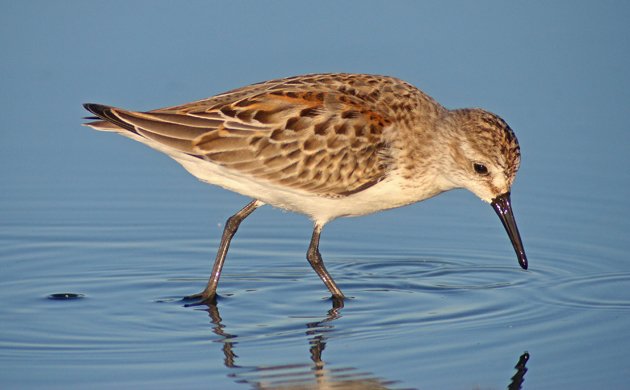
Sunday morning was a perfect morning to get out on the East Pond of Jamaica Bay Wildlife Refuge. The crowds from the shorebird festival the day before were gone, the sun was shining, high tide was at 8:15 AM, perfect to still get morning light but not so early as to make a predawn start necessary, and late August is a great time of year to see lots of shorebirds, especially juveniles.
You can understand then, why David Ringer and I were out on the East Pond at shortly after 6:30 AM, making our way up the east side of the pond from the south end. Though recent rains made the walk a bit muckier than usual the going wasn’t too tough and, besides, we had lots of shorebirds to see! We saw a total of fifteen species of shorebirds but four stole the show – the peeps!
Peeps is a generic term for small sandpipers of the genus Calidris. It apparently derives from the typical call notes of the species which, broadly speaking, can sound like “peep.” At Jamaica Bay in August the standard peep is the Semipalmated Sandpiper, which is present in the hundreds or even thousands. Next most common is the Least Sandpiper, which is typically present in the tens to hundreds. Other than those two, we had Western Sandpiper and White-rumped Sandpiper. If you manage to get into double digits on either of those species on a thorough search of the East Pond you are doing something right. We came close, but managed eight of the former and six of the latter. But we did get great looks at all four species, including point blank looks at juveniles of three of the four (no young white-rumps). It was a wonderful experience and I thought it only made sense to share some of it with you.
Just like the bird at the top of this post, this is a juvenile Western Sandpiper, identified by the rufous feathers across its back, its big, downcurved bill, and the relatively long black legs.
Both of these birds are Semipalmated Sandpipers, though the one on the right is in nice, crisp juvenile plumage.
The Western Sandpipers really put on a show for us, feeding at close range. David pointed out to me how their backs tend to stay more level than Semipalmated Sandpipers as they feed because their long bills allow them to reach further without having to bend as much.
Ah, juvenile Least Sandpiper. What’s not to like? (I may have mentioned how much I like them before.)
Here a Semipalmated Sandpiper uses the still waters of the East Pond as a mirror as it does some preening. It’s a little known fact that Semipalmated Sandpipers are quite vain.
White-rumped Sandpipers are bad-ass. That is all.
Western Sandpipers sleep with one eye open. Gripping their pillow tight.
The best of the peep show? It didn’t cost a dime and the curtain never came down! Sweet!
…


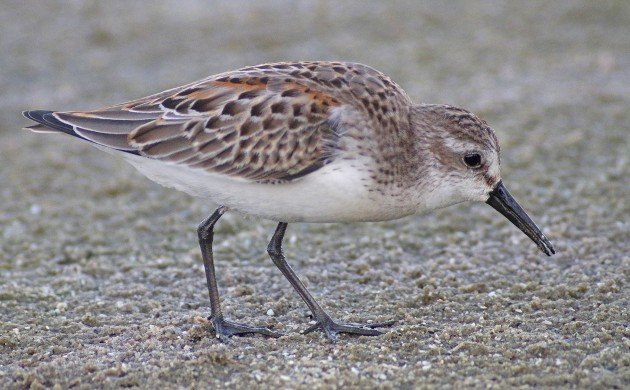
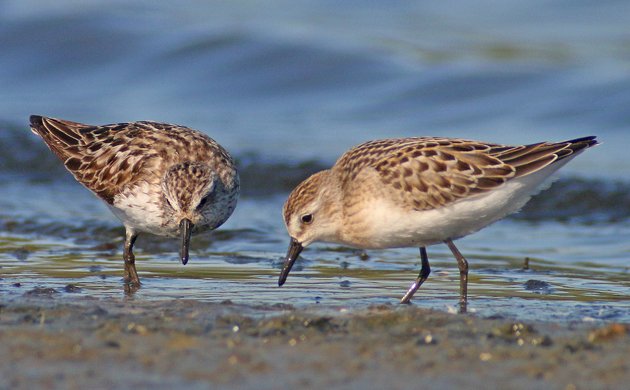

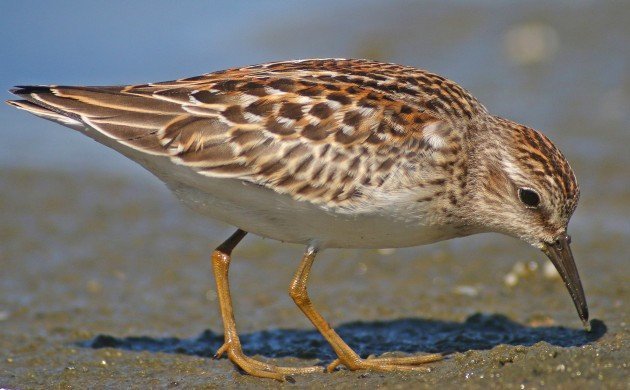
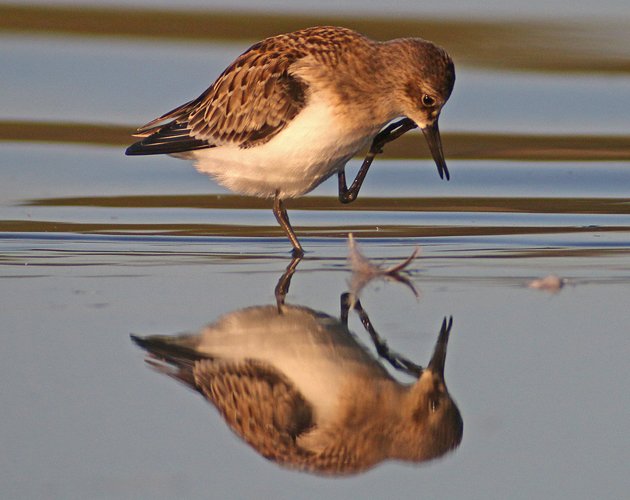
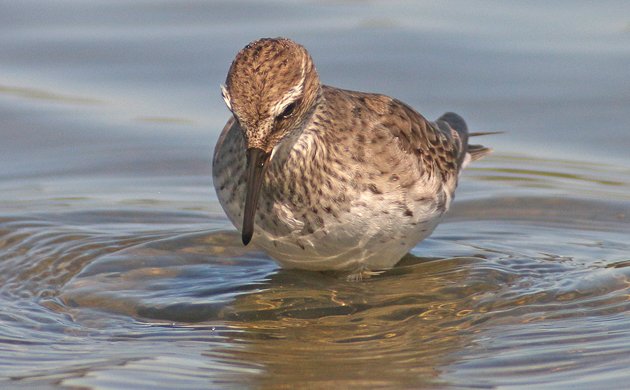
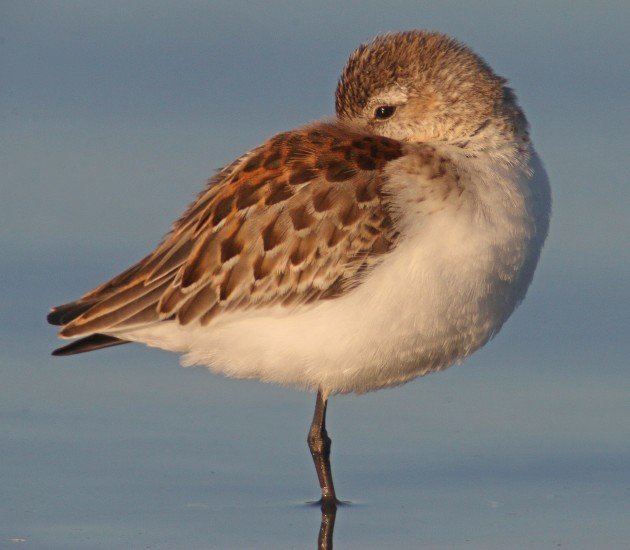











Leave a Comment